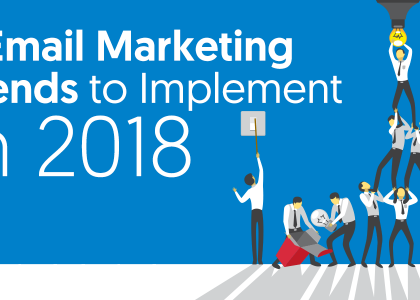What Your Messy Email List Says About You

Email lists are worth almost nothing if they are not looked after, verified, cleaned and sorted out from time to time. It really isn’t profitable to send emails to unclean lists. It doesn’t make sense from a financial or ethical point of view. We discussed this at length in our earlier post, “Merits of Email Verification and Bounce Processing.”
Marketers sometimes tend to get lazy or content with the status quo. But if history has proven anything is that email lists become stale after a while – especially if they are large lists. This can be quite detrimental to your campaigns and your reputation as a sender. Bounce rates are bound to increase, leads and conversions will definitely reduce significantly, and you may just be blacklisted for sending bouncing emails.
Why do email lists become stale with time? To a beginner or amateur it may not make much sense that they have to be periodically cleaning their lists. So here’s why;
- Some recipients may have blocked or blacklisted you – labelling you as a spam sender – for one reason or another. These could very well be recipients whose verification and cleaning checked out a while back when you last cleaned your lists.
- Some recipients may have closed or disabled their accounts, rendering them inactive.
- New spam trap tools may have been developed by the recipients ESP that blocks out senders like you.
- Although rare, sometimes due to serve errors and problems, your address may be blocked from sending emails to a particular recipient.
Now, this may not translate to a potential loss of business if you are operating very small lists, but it is something worth considering if you are running large lists.
Making Sense Out of All That Mess
Messy email lists are a huge problem and not just in terms of bounce rates. Looking at it from a campaigning point of view, messy lists don’t usually bring in conversions if any.
While great email verification services such as Email List Verify will sort out your lists for you into; Valid, Invalid and Unknown; it is up to you to sort it out according to your campaign specifics.
- For example; you may want to sort your lists according to various demographics such as; age, gender and location. This shows that you are an organized marketer running an organized campaign. It helps a great deal with targeting. You, as the marketer, are able to create more optimized and targeted small campaigns.
- For instance; if you are promoting a hair product ideal for women between ages 18 and 49 living in the US State of California, all you have to do is pick from your lists, the group that checks out with those specifics.
- You are sure to get better results in the form of higher click through rates, more conversions, more leads and it even helps keep track of records – you know – for the future.
Take the initiative to clean your lists and then make it a habit of cleaning them regularly.
Go the extra mile of sorting your lists into different categories with respect to the kinds of campaigns you run (for targeting). That is how tactful and organized marketers do it; so why shouldn’t you?
We hope that this post was an eye opener. Keep on reading our posts for more of these insights. Have a great day!


